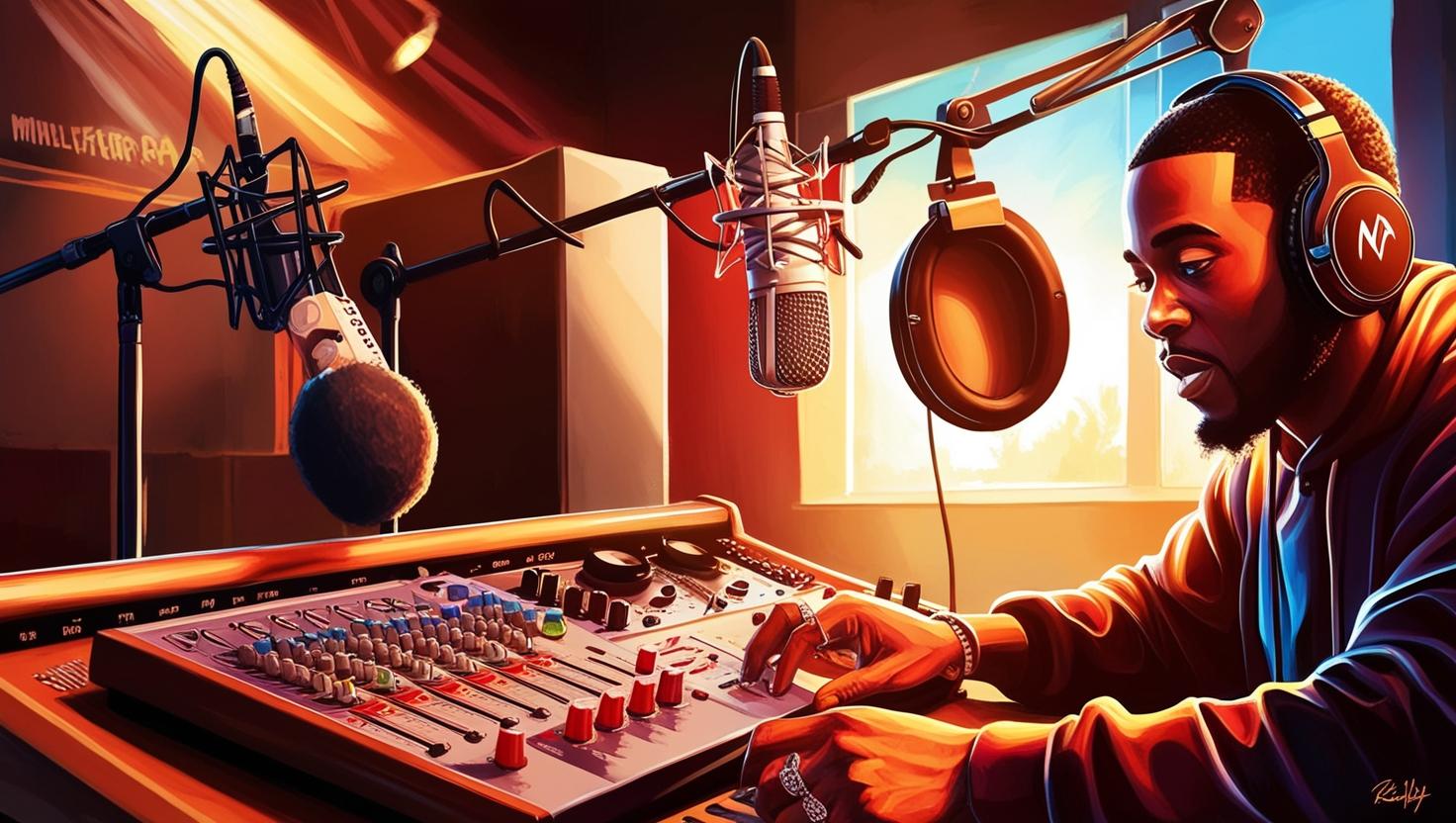Rap music, a cornerstone of modern music culture, has evolved tremendously since its inception in the late 1970s. From its humble beginnings in the Bronx, New York, to becoming a global phenomenon, rap has diversified into numerous subgenres, each with its unique style, lyrical content, and cultural significance. For aspiring rappers, understanding the different types of rap and the current top genres is essential for carving out a niche in this competitive industry. This comprehensive guide delves into the various rap styles, offers invaluable advice for up-and-coming artists, and highlights the leading rap genres with examples to inspire your musical journey.
Understanding the Roots of Rap
To appreciate the myriad forms of rap today, it’s crucial to understand its origins. Rap emerged from African American and Latino communities in New York City during the 1970s. Initially a form of expression at block parties, rap combined rhythmic spoken lyrics (rhyming) with beats created by DJs using turntables and mixers. Pioneers like DJ Kool Herc, Grandmaster Flash, and Afrika Bambaataa laid the foundation for what would become a global movement.
Early rap focused on storytelling, social issues, and boasting lyrical prowess. As the genre gained popularity, it branched out into various styles, each reflecting different aspects of life and creativity. Understanding these roots provides context for the evolution and diversification of rap music.
Different Types of Rap
Rap is not a monolith; it encompasses a wide range of styles and subgenres. Each type has its distinct characteristics, themes, and cultural significance. Here’s an in-depth look at some of the most prominent rap styles:
Old School Rap
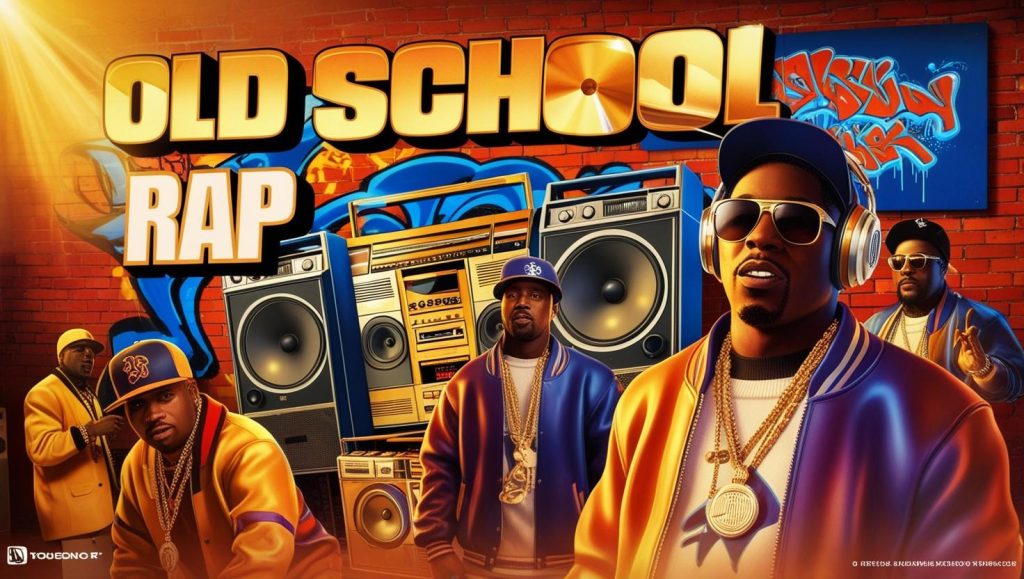
Old School Rap refers to the earliest mainstream rap music, typically from the late 1970s to the mid-1980s. Characterized by simple rapping techniques, party themes, and minimalistic beats, Old School Rap laid the groundwork for future developments.
Key Features:
- Simple rhyme schemes
- Emphasis on DJing and breakbeats
- Party-centric lyrics
- Call-and-response interactions
Notable Artists:
- Grandmaster Flash: Innovator in DJing and mixing techniques.
- Run-D.M.C.: Brought rap into mainstream pop culture.
- Sugarhill Gang: Known for “Rapper’s Delight,” one of the first rap hits.
Example Song: Sugarhill Gang – Rapper’s Delight
Gangsta Rap
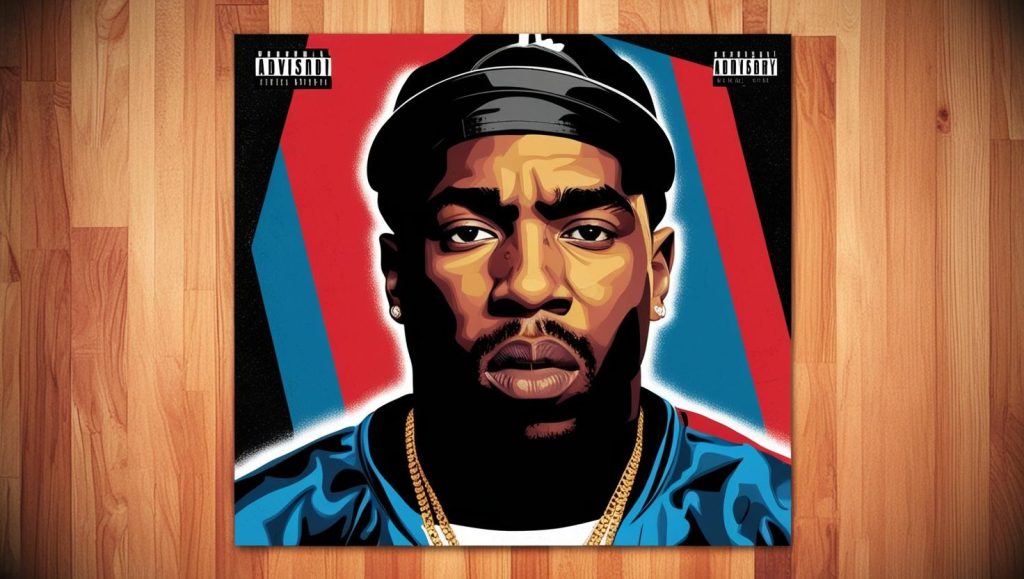
Gangsta Rap emerged in the late 1980s and gained prominence in the 1990s. It reflects the gritty realities of urban life, often discussing themes like violence, drugs, and systemic oppression.
Key Features:
- Aggressive lyrics and delivery
- Stories of street life and struggles
- Dark and hard-hitting beats
Notable Artists:
- N.W.A: Pioneers with controversial and impactful lyrics.
- Tupac Shakur: Known for his profound and socially conscious lyrics.
- The Notorious B.I.G.: Master storyteller with a smooth flow.
Example Song: N.W.A – Straight Outta Compton
Conscious Rap
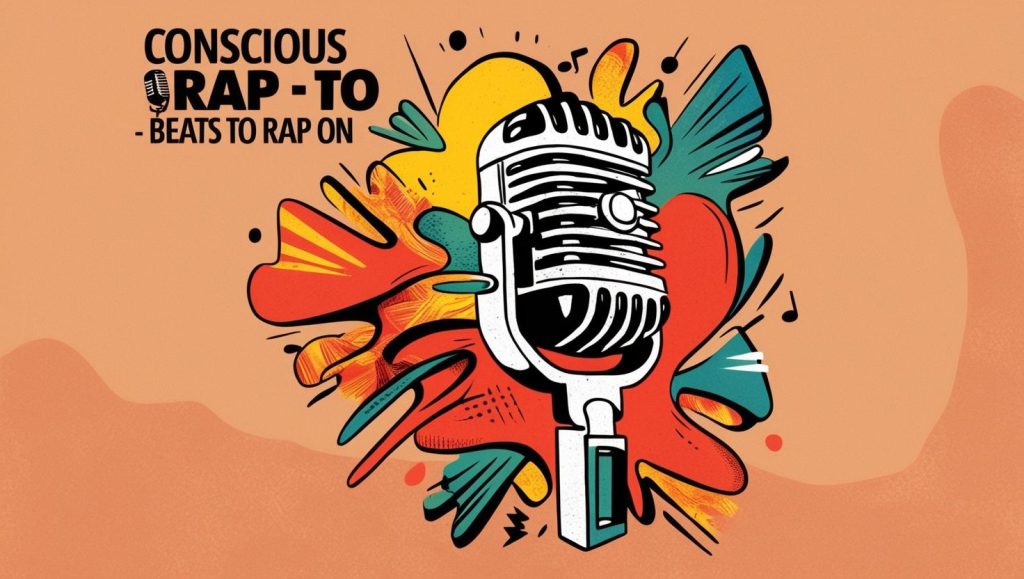
Conscious Rap focuses on social issues, political themes, and introspective topics. It aims to educate and inspire listeners to think critically about societal problems.
Key Features:
- Thought-provoking lyrics
- Focus on social justice, politics, and personal growth
- Often mellower beats to complement the message
Notable Artists:
- Common: Known for his poetic and socially aware lyrics.
- Kendrick Lamar: Celebrated for his complex storytelling and social commentary.
- Talib Kweli: Advocates for equality and social change through his music.
Example Song: Kendrick Lamar – Alright
Trap Music
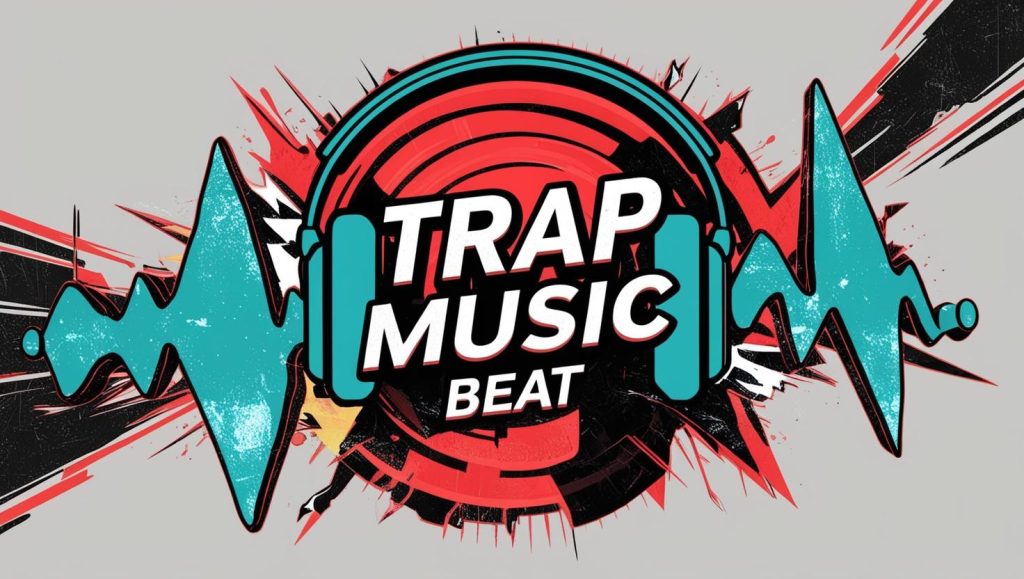
Trap Music originated in the Southern United States in the early 2000s. It’s characterized by its dark, gritty beats and lyrics that often focus on the struggles of street life, including drug dealing and poverty.
Key Features:
- Heavy use of 808 drums, hi-hats, and synthesizers
- Repetitive hooks and catchy melodies
- Lyrics centered around hardship, hustle, and resilience
Notable Artists:
- Gucci Mane: A key figure in popularizing trap music.
- Future: Known for his melodic trap sound.
- Migos: Brought a unique flow and triplet rhythm to the genre.
Example Song: Future – Mask Off
Mumble Rap
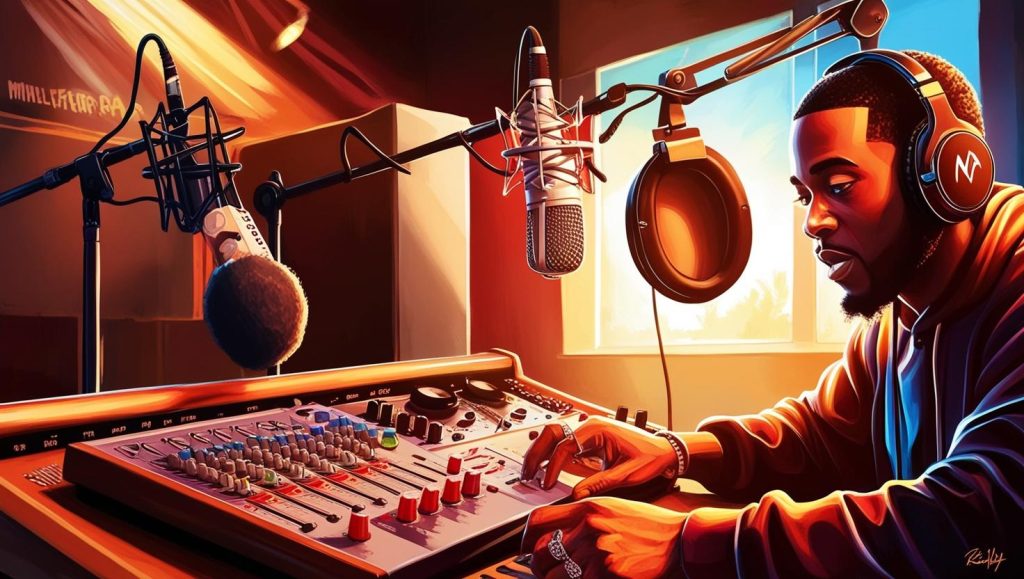
Mumble Rap is a subgenre that gained popularity in the mid-2010s. It’s characterized by its focus on melody and vibe over clear lyrical delivery, often employing slurred or mumbled vocals.
Key Features:
- Emphasis on mood and atmosphere
- Repetitive and catchy hooks
- Minimal focus on lyricism and complex wordplay
Notable Artists:
- Lil Uzi Vert: Known for his energetic and melodic style.
- Young Thug: Blends unconventional vocal techniques with trap beats.
- 21 Savage: Combines mumble-style vocals with hard-hitting lyrics.
Example Song: Lil Uzi Vert – XO TOUR Llif3
Alternative Hip-Hop
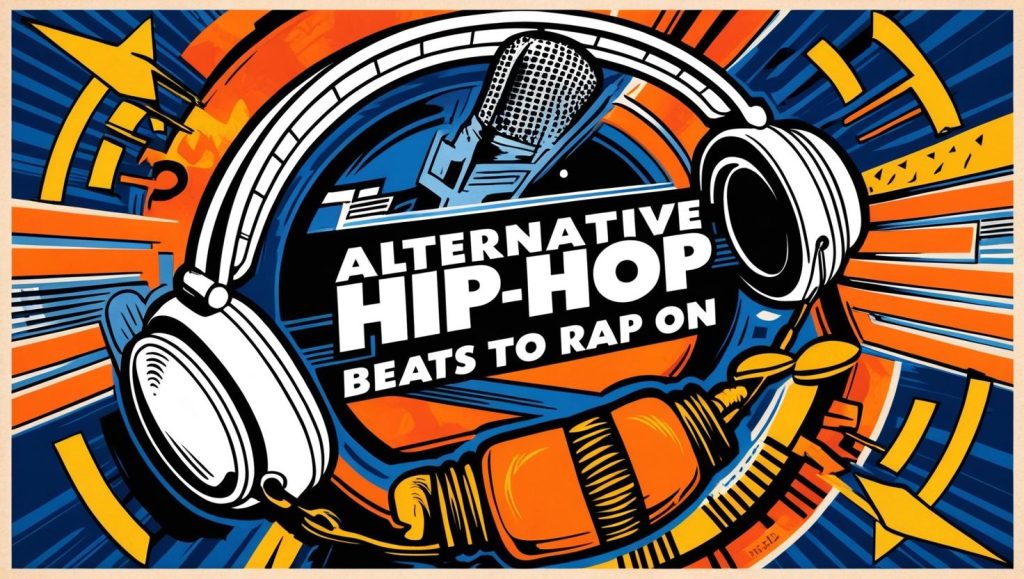
Alternative Hip-Hop defies traditional rap conventions, incorporating elements from various genres like rock, jazz, and electronic music. It emphasizes creativity, experimentation, and pushing the boundaries of what rap can be.
Key Features:
- Eclectic and experimental beats
- Diverse lyrical themes and structures
- Fusion of different musical styles
Notable Artists:
- Kanye West: Known for his innovative production and genre-blending.
- OutKast: Combines funk, soul, and Southern influences.
- Kid Cudi: Blends hip-hop with alternative and electronic sounds.
Example Song: Kanye West – Power
Boom Bap
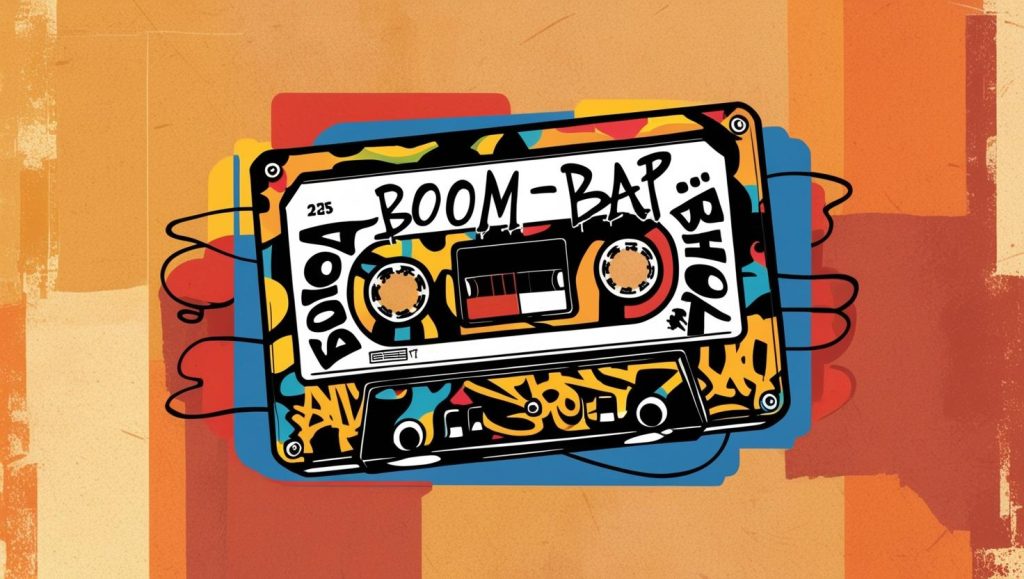
Boom Bap is a classic hip-hop style that emerged in the late 1980s and early 1990s, known for its hard-hitting beats and rhythmic drum patterns. It emphasizes lyricism and the traditional elements of rap.
Key Features:
- Heavy, punchy drum beats
- Emphasis on lyricism and flow
- Often samples from jazz and soul records
Notable Artists:
- Wu-Tang Clan: Masters of complex lyricism and gritty beats.
- Nas: Celebrated for his storytelling and intricate rhymes.
- A Tribe Called Quest: Blends smooth beats with insightful lyrics.
Example Song: A Tribe Called Quest – Can I Kick It?
Emo Rap
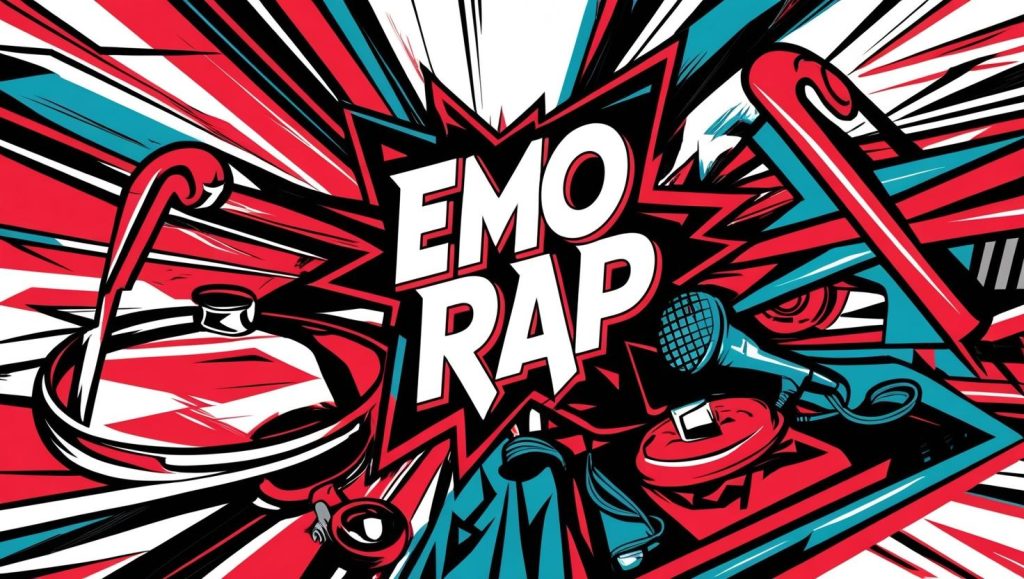
Emo Rap combines elements of hip-hop with emotional and confessional lyrics, often addressing topics like mental health, heartbreak, and personal struggles. It resonates with listeners seeking authenticity and vulnerability.
Key Features:
- Emotional and introspective lyrics
- Melodic and atmospheric beats
- Fusion of rap and alternative music elements
Notable Artists:
- Juice WRLD: Known for his emotive lyrics and melodic flows.
- Lil Peep: Blended punk and emo influences with rap.
- XXXTENTACION: Explored a wide range of emotions and styles.
Example Song: Juice WRLD – Lucid Dreams
Guidance for Aspiring Rappers
Breaking into the rap industry requires more than just talent; it demands dedication, strategic planning, and continuous growth. Here are essential tips to help you navigate your journey as an up-and-coming rapper:
Hone Your Craft
Mastering your skills is fundamental. This involves refining your rapping abilities, expanding your vocabulary, and developing your unique flow.
- Practice Regularly: Dedicate time each day to write and perform. Consistent practice enhances your lyrical abilities and delivery.
- Study Lyrics: Analyze the lyrics of your favorite rappers. Understand their storytelling techniques, rhyme schemes, and how they convey emotions.
- Expand Your Vocabulary: A rich vocabulary allows for more creative and impactful lyrics. Read extensively and incorporate new words into your writing.
Develop Your Unique Style
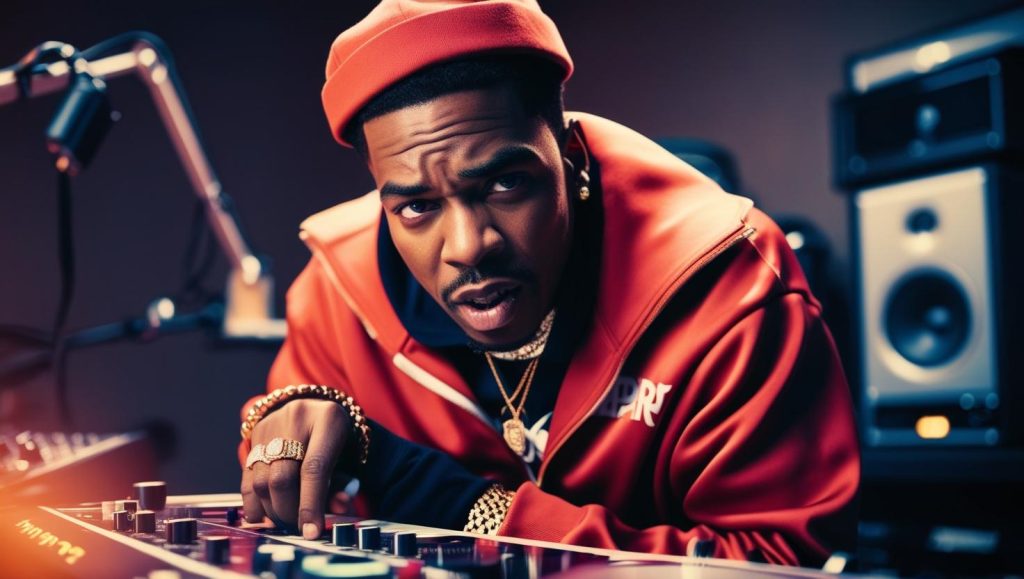
In a saturated market, standing out is crucial. Developing a distinct style sets you apart from other artists.
- Find Your Voice: Identify what makes your perspective unique. Whether it’s your background, experiences, or worldview, let it shine through your music.
- Experiment with Flows: Try different rhythms and cadences to discover what suits you best. Flexibility in delivery can make your performances more dynamic.
- Visual Identity: Your image and branding should reflect your music. This includes your fashion, stage presence, and overall aesthetic.
Build a Strong Online Presence
In today’s digital age, a robust online presence is essential for reaching a wider audience.
- Social Media Platforms: Utilize platforms like Instagram, Twitter, TikTok, and Facebook to share your music, engage with fans, and build a community.
- Streaming Services: Distribute your music on platforms like Spotify, Apple Music, and SoundCloud. Optimize your profiles with professional photos, bios, and links to your music.
- Content Creation: Regularly post engaging content, such as behind-the-scenes footage, music videos, and live performances, to keep your audience interested.
Network and Collaborate
Building connections within the industry can open doors and provide valuable opportunities.
- Attend Events: Go to concerts, open mics, and industry events to meet other artists, producers, and potential mentors.
- Collaborate with Others: Working with other musicians can expand your reach and introduce you to new audiences. Collaboration also fosters creativity and skill development.
- Join Communities: Participate in online forums, local music groups, and rap communities to exchange ideas and support each other’s growth.
Stay Authentic
Authenticity resonates with listeners. Being true to yourself ensures that your music remains genuine and relatable.
- Express Your Truth: Share your real experiences, emotions, and perspectives in your lyrics. Authenticity builds a deeper connection with your audience.
- Avoid Imitation: While it’s beneficial to be inspired by others, strive to create something original. Imitating established artists can hinder your creative development.
- Maintain Integrity: Stay committed to your values and vision, even when facing industry pressures to conform.
Understand the Business
Knowledge of the music industry is vital for sustaining a successful career.
- Learn the Basics: Understand contracts, royalties, and intellectual property rights. This knowledge protects your interests and ensures you benefit from your work.
- Marketing and Promotion: Develop strategies to promote your music effectively. This includes social media marketing, email campaigns, and leveraging influencers.
- Monetization: Explore different revenue streams such as streaming royalties, merchandise sales, live performances, and licensing deals.
Top Rap Genres Today
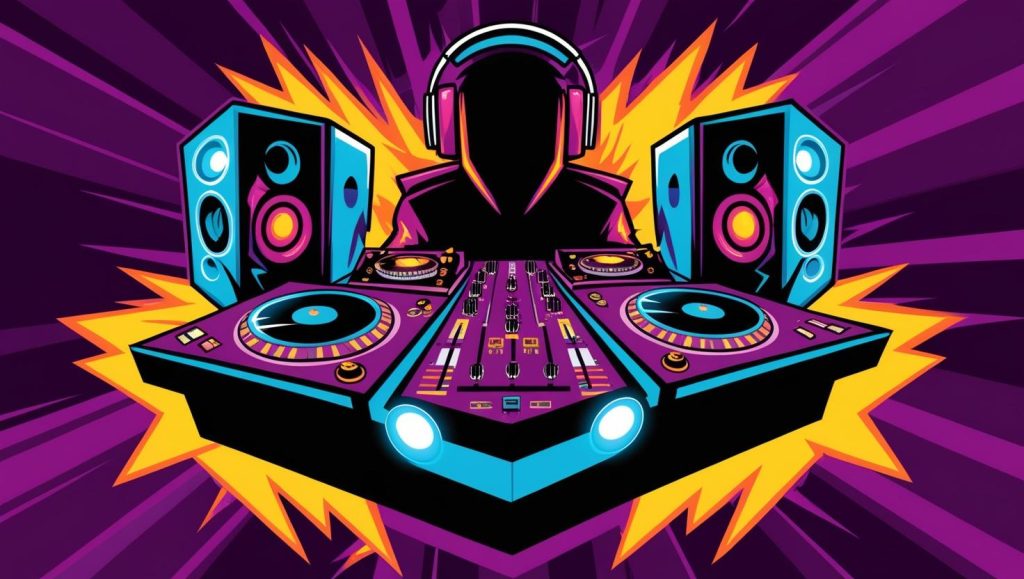
Rap continues to evolve, with several genres gaining significant traction in the current music landscape. Here’s an overview of the top rap genres today, highlighting their characteristics and notable artists.
Trap Music: Dominating the Charts
Trap Music remains one of the most influential and popular rap genres. Its signature sound—featuring heavy 808 bass, sharp hi-hats, and atmospheric synths—has permeated mainstream music.
Characteristics:
- Hard-hitting beats with repetitive hooks
- Lyrics often centered around street life, hustle, and resilience
- Dark and moody instrumental backdrop
Notable Artists:
- Gucci Mane: A pioneer who helped shape modern trap.
- Future: Known for his melodic approach and prolific output.
- Migos: Popularized the triplet flow, making it a staple in trap music.
Example Song: Migos – Bad and Boujee
Conscious Rap: The Voice of Social Change
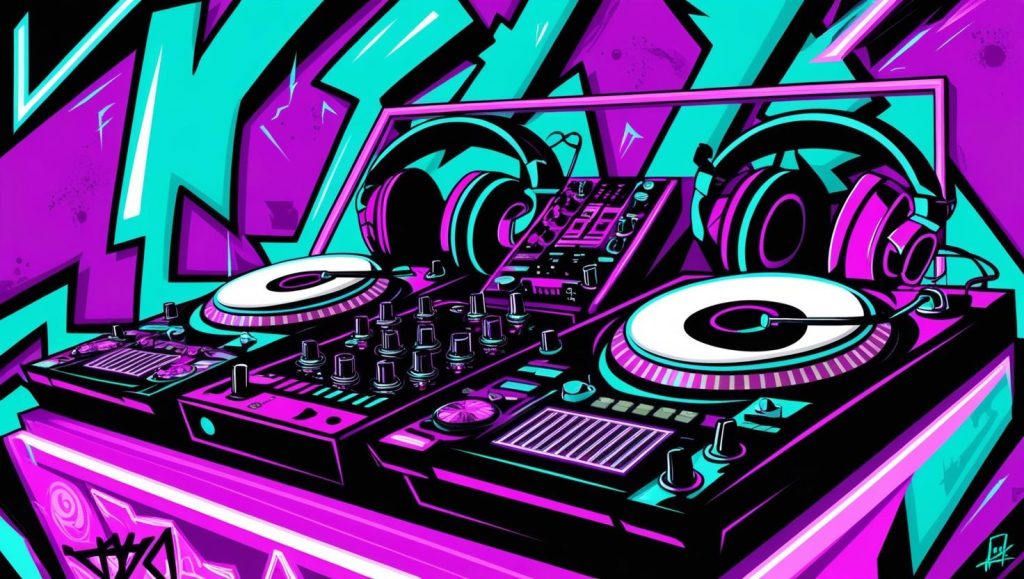
Conscious Rap continues to thrive as artists use their platform to address social injustices, political issues, and personal growth.
Characteristics:
- Thought-provoking and insightful lyrics
- Focus on education and raising awareness
- Often mellower and more melodic beats
Notable Artists:
- Kendrick Lamar: Acclaimed for his storytelling and social commentary.
- J. Cole: Blends introspective lyrics with smooth production.
- Rapsody: Celebrated for her articulate and empowering messages.
Example Song: J. Cole – Love Yourz
Mumble Rap: Emphasizing Vibe Over Clarity
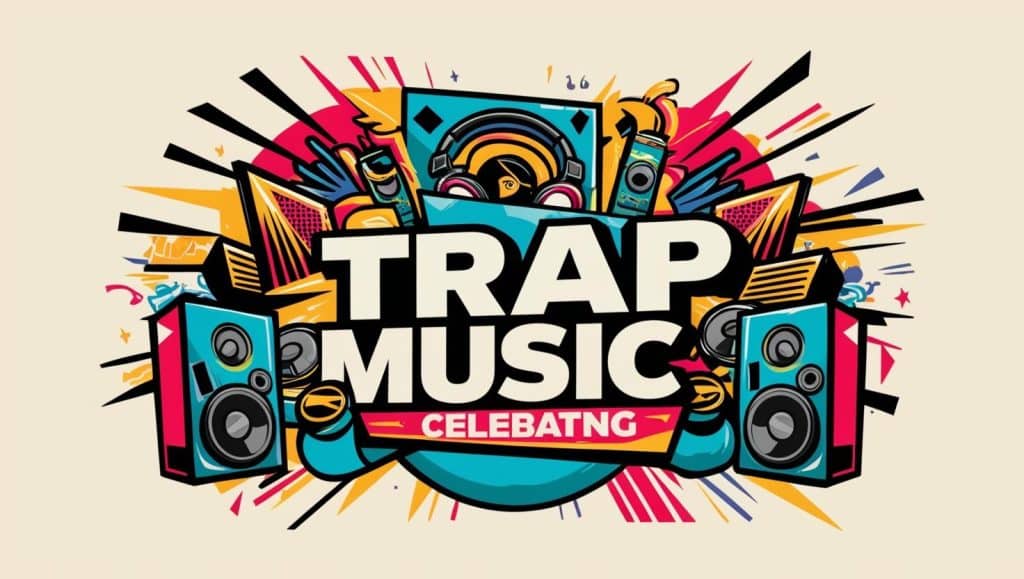
Mumble Rap continues to be a polarizing yet dominant force in the rap scene. Its focus on vibe, melody, and atmosphere often takes precedence over clear lyrical delivery.
Characteristics:
- Slurred or mumbled vocals
- Emphasis on catchy hooks and repetitive phrases
- Minimal focus on intricate lyricism
Notable Artists:
- Lil Uzi Vert: Known for his energetic performances and melodic style.
- 21 Savage: Combines mumble-style vocals with hard-hitting lyrics.
- Lil Yachty: Brings a playful and melodic approach to mumble rap.
Example Song: Lil Uzi Vert – Sauce It Up
Emo Rap: Blending Emotion with Rhythm
Emo Rap has carved out a unique space by merging the emotional depth of emo music with the rhythmic flow of rap. It appeals to listeners seeking authenticity and emotional connection.
Characteristics:
- Emotional and introspective lyrics
- Melodic beats with atmospheric elements
- Fusion of rap with alternative and indie influences
Notable Artists:
- Juice WRLD: Known for his emotive lyrics and melodic flows.
- Trippie Redd: Blends rap with rock and emo elements.
- XXXTENTACION: Explored a wide range of emotions and musical styles.
Example Song: Juice WRLD – Lucid Dreams
Alternative Hip-Hop: Pushing Creative Boundaries
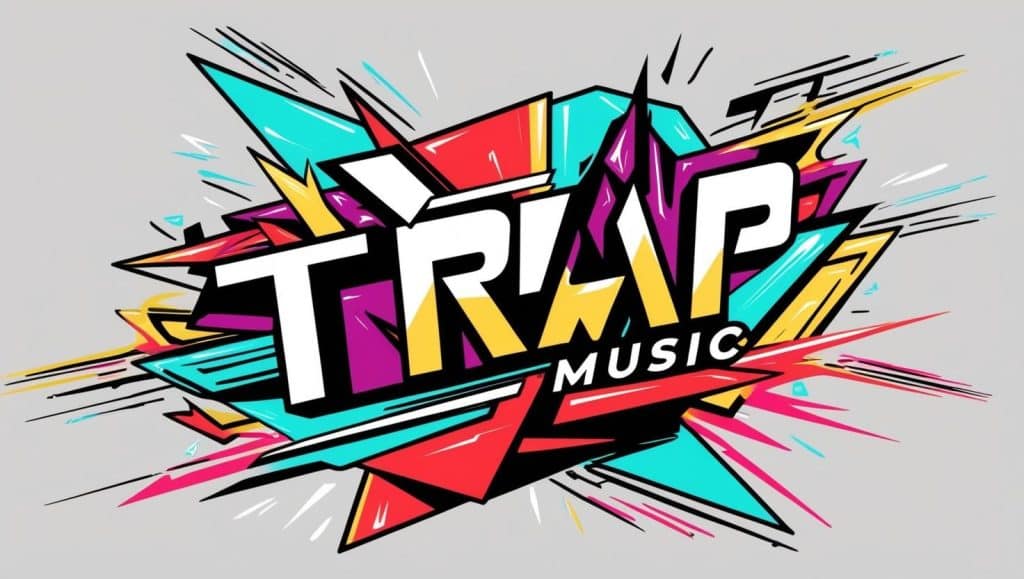
Alternative Hip-Hop continues to thrive as artists experiment with diverse sounds and unconventional approaches, pushing the boundaries of traditional rap.
Characteristics:
- Eclectic and experimental production
- Diverse lyrical themes and structures
- Incorporation of elements from various genres like rock, jazz, and electronic music
Notable Artists:
- Kanye West: Renowned for his innovative production and genre-blending.
- Tyler, The Creator: Combines rap with alternative and experimental sounds.
- Childish Gambino: Blends hip-hop with funk, R&B, and pop influences.
Example Song: Childish Gambino – Redbone
An there it is…
Rap music is a dynamic and ever-evolving genre that offers a plethora of styles for artists to explore. Understanding the different types of rap—from Old School to Emo Rap—provides a solid foundation for aspiring rappers to develop their unique voice, rap beats and style. Embracing the current top genres, such as Trap, Conscious Rap, Mumble Rap, Emo Rap, and Alternative Hip-Hop, can help artists align with contemporary trends while maintaining their individuality.
For those embarking on their rap journey, honing your craft, developing a unique style, building a strong online presence, networking, staying authentic, and understanding the business aspects are crucial steps toward success. By immersing yourself in the diverse world of rap and continuously striving for growth, you can navigate the competitive landscape and make a lasting impact in the music industry.
